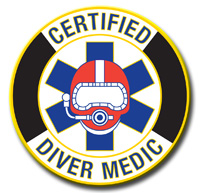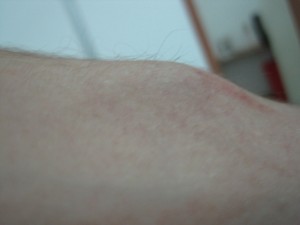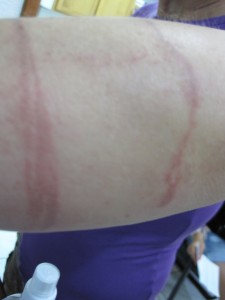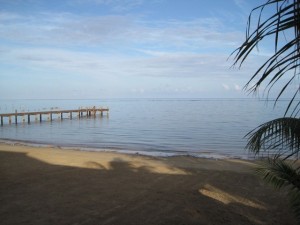DMT Recertificaton

Here’s a short summary of what the National Board of Diving & Hyperbaric Medical Technology requires:
- 24 CEUs related to emergency medicine
- 24 hours of diving medicine or other emergency related experience
- Medical fitnesss to undergo compression/fitness to dive
- documentation for invasive skills
- IV access
- IM injections
- SQ injections
- urinary catheters
- NG/OG tubes
- airway suction
- advanced airways
- chest decompression
- BLS
And…that’s every two years.
As I’m coming up on the 2-year mark since I completed my DMT training with Hyperbaric Training Associates, I’m focusing on getting all of my training done.
The first problem I ran into was that my initial EMT training was in Central America and the State of Utah didn’t recognize it. Earlier this year, I completed a Utah-approved EMT course through Cole-Holland. This was a good refresher and, since Utah has adopted the revised National curriculum, it keeps me up-to-date. Unfortunately, the EMT curriculum covers only a few skills necessary for my DMT recertification. My next step is the Advanced EMT course, which will cover almost everything except chest decompression and urinary catheters. I’m still on a hunt for local training in those skills.
Does this mean that I waited until the last minute to accumulate CEUs? No way! I’ve participated in several continuing education programs, including online seminars from Divers Alert Network (DAN) and a really interesting program co-sponsored by JEMS (Journal of Emergency Medical Services) on improving the quality of CPR.
Comparing my initial EMT training with the EMT training I received through Cole-Holland, there were some big differences in approach. Both approaches were good, for the environment they’re in, though.
Cole-Holland has an excellent team of EMS instructors that have a lot of experience in urban fire service-based EMS. Some of the best aspects included a team-approach to dealing with emergencies. The ride-along arranged with Sandy Fire Department provided an excellent application of what we learned in class and labs. My EMT training in Central America, though, highlighted the lack of developed EMS systems and that an EMT often needed to be a bit more creative since there may not be a team to help. From a Dive Medic point-of-view, the Central American approach is probably the more applicable if you’re in a remote location. When a DMT is in an area supported by a well-developed EMS system, though, working as a team makes more sense. I’m very happy to have seen and worked in both environments.
Time to step away from the computer and go read some more of my Advanced EMT text…




